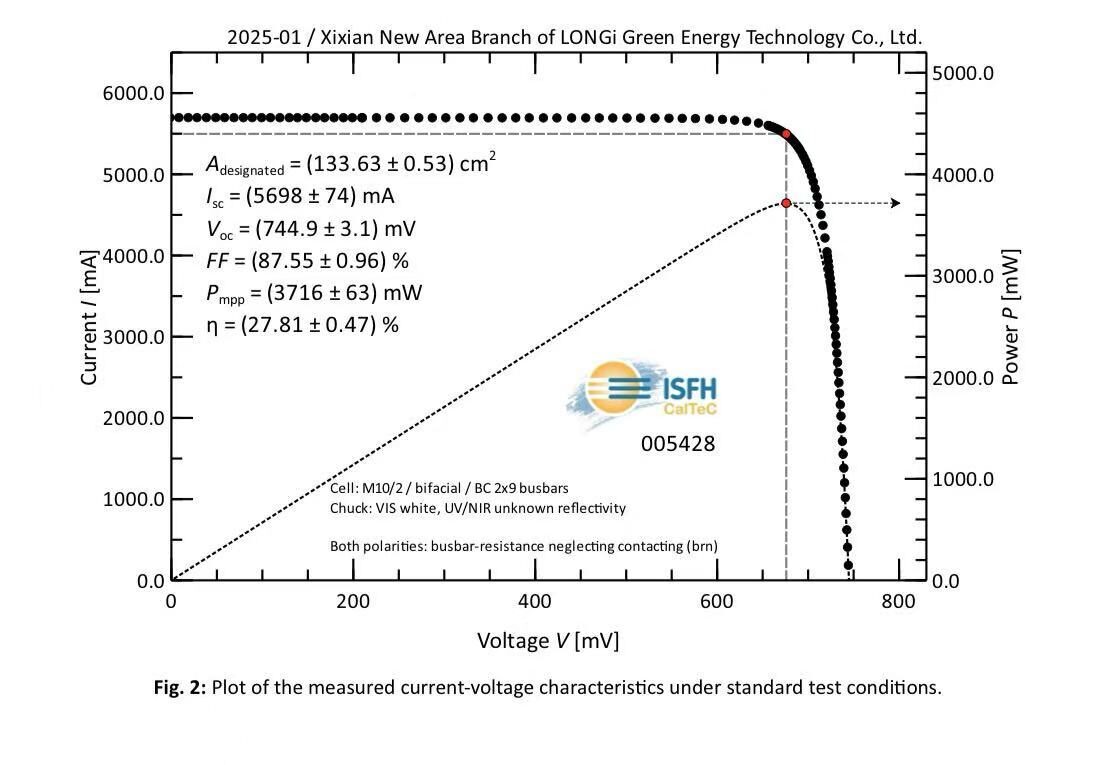Researchers from the University of Strathclyde in the United Kingdom have fabricated a perovskite solar cell that can harvest energy from commercially available near-ultraviolet (UV-A) indoor LED lights, which are also commonly known as “black lights.”
“Indoor near UV-lights are commonly used as decorative lights for Halloween, Christmas, parties and pubs as well as for increasing plant growth and sterilization in medical settings,” the research's corresponding author, Aruna Ivaturi, told pv magazine. “These devices, however, are not given attention despite their high photon energy. We have demonstrated for the first time the possibility of harvesting such lights using a standard perovskite absorber.”
The scientists build the solar cell with fluorine-doped tin oxide (FTO) substrate, an electron transport layer (ETL) made of tin oxide (SnO2), an absorber based on a perovskite known as methylammonium lead triiodide (CH3NH3PbI3), a hole transporting layer (HTL) made of Spiro-OMeTAD, and a top electrode based on silver (Ag).
According to Ivaturi, the UV-stable perovskite solar cells with interface modification exhibited high output power of around 1 mW/cm2, which compares to less than 100 µW/cm2 for traditional indoor white light harvesting PV.
The scientists tested the performance of the cell via a near-UV LED that which is generally used for indoor decoration. “The incident power of the UV LED was adjusted by varying the distance between the solar cell and lamp and measured using the ILT350 spectrophotometer having a measurement range of 380 — 780 nm,” they stated, noting that the AM1.5G solar spectrum under 1 Sun, which provides standard illumination conditions, has a near-UV intensity with an input power of 4.6 mW/cm2 at wavelengths below 400 nm. “The maximum intensity for measuring the device performance was fixed at 150 lux, which corresponds to an incident power of 3.76 mW/cm2.”
The champion solar cell built by the research team achieved a power conversion efficiency of efficiency of 26.19%, an open-circuit voltage of 0.90V, a short-circuit current of 1.42 mA/cm2, and a fill factor of 77.56%, resulting in a maximum power output of 991.21 μW/cm2.
“The devices without interface modification, upon UV pretreated for 6 h retained 97.18% of their maximum efficiency while 14 h pretreated devices retained 92.38%,” the academics added. “However, further increasing the UV pretreatment time to 24 h led to significant drop in PCE and the devices retained 84.1% of their maximum efficiency.”
They presented the novel cell technology in the paper “Near-Ultraviolet Indoor Black Light-Harvesting Perovskite Solar Cells,” published in Applied Energy Materials. “This work opens up a new direction for advancement in the practical deployment of perovskite solar cells for indoor near-UV light energy harvesting and thus is beneficial for powering modern electronics integrated with sensors and Internet-of-Things (IoTs) located in UV environments such as health care, horticulture, and places with near-UV black light decorations,” they concluded.
*The article was updated on May 5 to reflect that the maximum solar cell efficiency is 26% and not 20%, as we previously reported.
This content is protected by copyright and may not be reused. If you want to cooperate with us and would like to reuse some of our content, please contact: editors@pv-magazine.com.




Good research paper